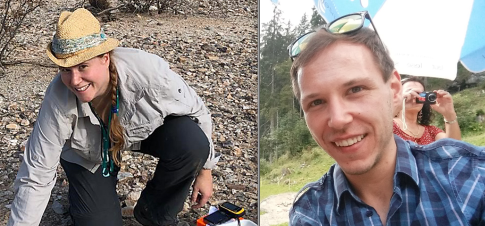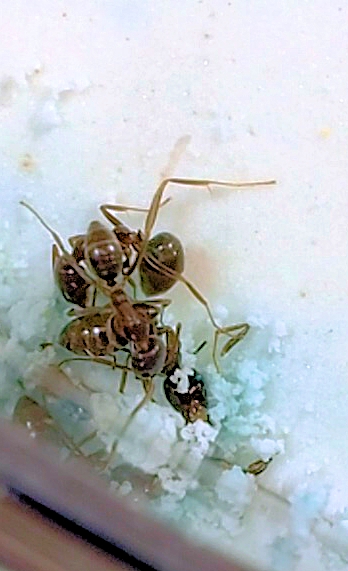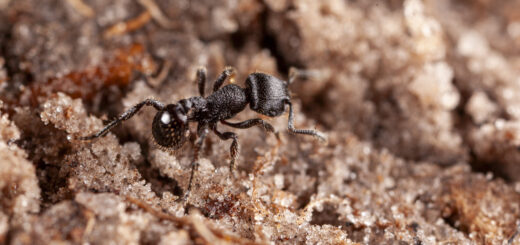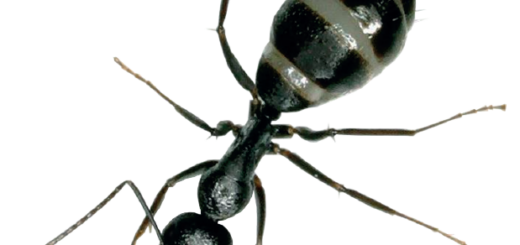Corpse management of the invasive Argentine ant

In the recent article “Corpse management of the invasive Argentine ant inhibits growth of pathogenic fungi” by Jenni Kesäniemi, Janne J. Koskimäki, and Jaana Jurvansuu published in Scientific Reports, the authors revealed that the Argentine ants deposits dead workers to designated areas and applies pygidial gland secretion on them to reduce or to stop fungi to grow. Here, Jaana Jurvansuu, the senior author, talks about the work, the take-home message of the study, and shares some pictures.
An Interview compiled by Emeline Favreau and Patrick Krapf

MNB: Could you tell us a bit about yourself?
JJ: I would like to be a virologist yet I end up doing a lot of other kinds of research ranging from cancer, protein structures, and environmental radiation to ants. However, I feel privileged to be a scientist and learn new all the time. I have done research projects in many countries and now I am working in northern Finland at the University of Oulu.
MNB: Could you briefly outline your research on corpse management and growth inhibition of pathogenic fungi in the Argentine Ant you published in Scientific Reports in layman’s terms?
JJ: Social insects have the same problem as human populations as where to discard their faeces, food waste, and dead so that they do not spread pathogens. We studied invasive Argentine ants for which good nest hygiene is imperative since they can form extensive supercolonies spanning thousands of kilometres and have very high population densities.
We discovered that invasive Argentine ants prevent spread of pathogenic fungi from dead nest mates by depositing them to dedicated toilet areas and applying anal gland secretion on them. The anal gland secretion inhibits fungal spore germination and thus fungal growth on the corpses. By placing the dead to the common toilet areas, the ants ensure that the corpses are continuously sprayed with the ant fungicide. If the ants were not allowed to treat the dead, the corpses started to grow pathogenic fungus in a couple of days.

MNB: What is the take-home message of your work?
JJ: Argentine ants deposit all the potentially dangerous waste on the same site and sterilize them by gland product. In nature, everything seems to have a meaning –even the silly things.

Ant bringing a dead worker to desiganted area (© Jaana Jurvansuu) 
Ant before secreting on a corpse (© Jaana Jurvansuu) 
Ant secreting on a corpse (© Jaana Jurvansuu) 
Ant after secreting on a corpse (© Jaana Jurvansuu)
MNB: What was your motivation for this study?
JJ: The research project began when I was thinking experiments for children’s science fair. There is a publication showing that black garden ants have a dedicated toilet area in a nest (Czaczkes et al. 2015 Plos One 10(2): e0118376). Toilet-related subjects are interesting and entertaining for children and the experiment was easy to do. When I was testing the experiment with Argentine ants, I notice that they too had a toilet area in a nest, yet they took their dead to the toilet. I started to wonder why.
MNB: What was the biggest obstacle you had to overcome in this project?
JJ: The main obstacle during the research was that I knew next to nothing about insects and even less about how to study their
MNB: Do you have any tips for others who are interested in doing related research?
JJ: Buy plaster, sugar, and blue food colouring from a shop and do the experiment with your favourite ant species. Science degree is not necessary. Anyone can do this.
MNB: Where do you see the future for this particular field of ant research?
JJ: There are thousands of ant species and obvious practical applications in understanding how insects prevent pathogen transmission, so I think ant hygiene behavior remains an important subject to study.











Recent Comments